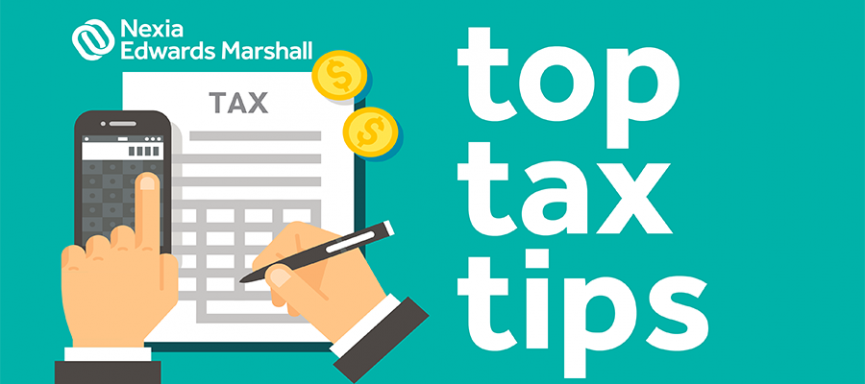We provide clients with many professional and technical services. For a detailed description, please select the relevant service.
Great
News
Nov 07, 2018 / News
Top Tax Tips - 7 November 2018

10% GST withholding on the sale of new residential premises from 1 July 2018
Purchasers who buy new residential premise on or after 1 July 2018 (i.e. purchasers who sign the sale contracts on or after 1 July 2018) will have to pay the GST exclusive amount of the sale price to the property developer that sold the new premises and the GST component of the sale price directly to the ATO at settlement. [Note, prior to the introduction of this new GST withholding tax regime, a purchaser paid a GST inclusive amount to the property developer that sold the new premises (i.e. the purchaser paid the GST component of the sale price to the developer and the developer then had to remit the GST to the ATO at a later time)].
To facilitate this new GST withholding tax regime:
- The developer must provide to the purchaser before settlement date a written notice setting out the amount of GST required to be withheld;
- The purchaser must then inform the ATO of the purchase by submitting:
- A GST property settlement withholding notification form to advise the ATO that a sale of new residential premises has taken place – the form must be provided to the ATO before settlement; and
- A GST property settlement date confirmation form to advise the ATO when the settlement date is – the form must be provided to the ATO either on settlement date or when the purchaser makes the GST withholding payment. - The ATO then allocates the credit to the developer’s property credits account and once the vendor lodges the business activity statement (BAS), the developer can utilise the credit.
Please speak to your Nexia Edwards Marshall Adviser so that we can help guide developers and purchasers navigate the new GST withholding regime and ensure the correct details are provided to the ATO so that credits can be effectively offset against GST liabilities when developers lodge their BAS.
Beware of private use of company cars
A car fringe benefit occurs when a business owns or leases a car and makes this company car available for private use by an employee. For FBT purposes a car is either a sedan or station wagon, another goods-carrying vehicle with a carrying capacity of less than one tonne (e.g. a panel van or ute), or any other passenger-carrying vehicle designed to carry less than 9 passengers.
Please speak to your Nexia Edwards Marshall Adviser if you have employees who use company cars to travel between home and work or if the company car is garaged at or near the employee’s home (even if the company car is not used by the employee for private purposes and only parked there for security purposes).
Our Nexia Edwards Marshall Advisers can advise you whether directors will also be employees and therefore affected by these measures and whether using a panel van or ute to travel between home or work will be a car fringe benefit or a residual fringe benefit.
Nexia Edwards Marshall has extensive knowledge and experience in applying FBT rules and look forward to helping you comply with all your FBT obligations.
How can Nexia Edwards Marshall help you?
For any questions or to discuss any of the above in relation to your personal situation, please contact Grantley Stevens or your Nexia Edwards Marshall Adviser.
The material contained in this publication is for general information purposes only and does not constitute professional advice or recommendation from Nexia Edwards Marshall. Regarding any situation or circumstance, specific professional advice should be sought on any particular matter by contacting your Nexia Edwards Marshall Adviser.

